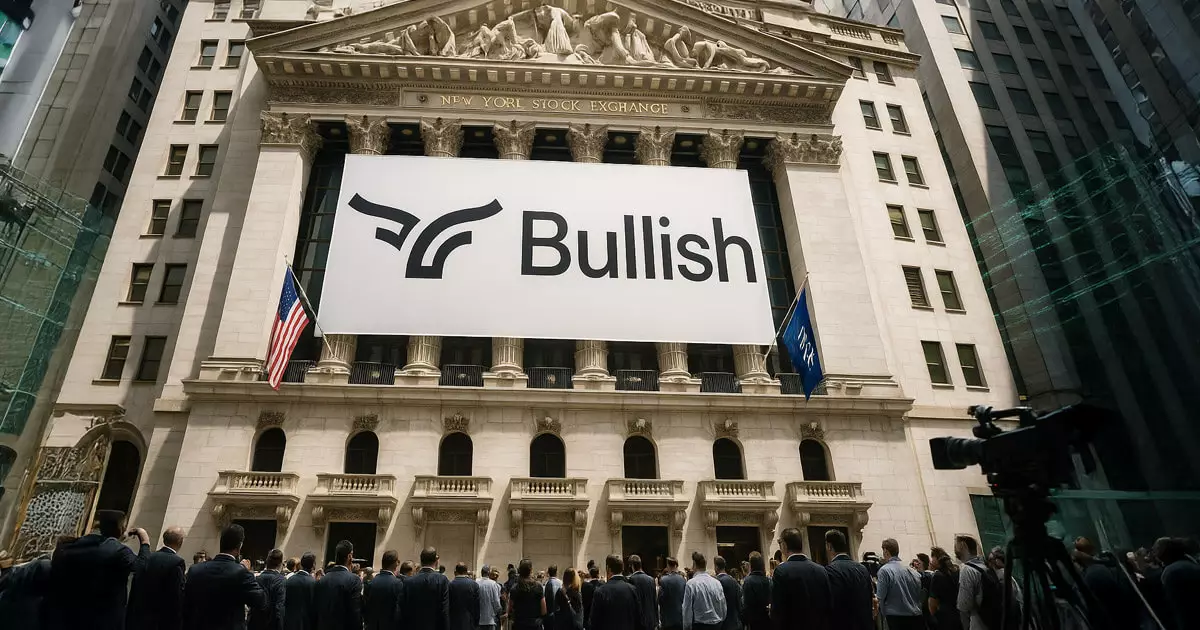The recent disclosures by Bullish about its use of stablecoins during a $1.15 billion IPO serve as a window into the seismic shifts occurring within global financial markets. While many may view this as a progressive leap towards efficiency, it’s vital to scrutinize the potential vulnerabilities that accompany such innovation. The reliance on a complex web of digital assets and blockchain infrastructure raises questions about the long-term stability, regulatory oversight, and transparency of these systems. Are we genuinely embracing a more resilient financial future, or are we merely replacing old risks with new, more obscure ones? The fact that Bullish chose stablecoins issued on the Solana network—a platform criticized for security concerns—warrants a closer look at whether the pursuit of speed and innovation justifies compromising on stability.
The Illusion of Security in a Digitized Frontier
While the strategic use of tokens like Ripple’s RLUSD and President Trump-affiliated USD1 in high-profile transactions suggests a promising convergence of traditional markets and blockchain technology, it also exposes investors and regulators to unfamiliar perils. Stablecoins, often marketed as “safe” assets pegged to fiat currencies, are fraught with inherent risks, including issuer solvency, market manipulation, and operational opacity. The transfer of proceeds into Coinbase’s custody indicates a veneer of regulation; however, the core issuance and settlement processes occur within decentralized or semi-decentralized infrastructure that is susceptible to vulnerabilities. This raises a fundamental question: are these digital assets truly offering the security and reliability that traditional finance has historically provided? Or are they quietly eroding investor confidence through unaccounted for systemic risks?
The Politics of Financial Innovation and Corporate Power
The trend illustrated by Bullish’s strategic use of stablecoins isn’t just about efficiency; it reflects deeper political and economic shifts. Dominant financial players—powered by blockchain—are subtly consolidating influence over the markets, potentially marginalizing regulators and traditional institutions. The involvement of powerful entities like Jefferies and Coinbase signals that an elite subset of firms is capitalizing on this new frontier to entrench their roles and shape the future landscape of finance. Meanwhile, the adoption of tokens such as RLUSD in deals involving major institutions like Gemini, MGX, and Binance highlights a pattern of increasing centralization of digital assets designed in part to bypass old regulatory constraints. This process, under the guise of innovation, could erode the transparent oversight that underpins free markets and threaten to turn the promise of democratized finance into a tool for concentrated power.
The Future of Capital Markets in the Age of Digital Assets
The movement towards utilizing blockchain rails for large-scale financial operations indicates an unmistakable trend: the future is digital, and the current trajectory suggests accelerated integration. Yet, this vision is riddled with contradictions. On the one hand, companies like Bullish vouch for faster, more transparent settlements reducing operational risks. On the other, reliance on untested networks and proprietary stablecoins opens the door to unforeseen systemic failures. The centralization of key assets—RLUSD, USD1—and their use in significant deals implies that digital assets are morphing from a novelty into a backbone of institutional finance, risking a landscape increasingly vulnerable to technical faults and regulatory crackdowns. While innovation is necessary, the pursuit of unregulated or loosely regulated infrastructure must not overshadow the fundamental need for a resilient, transparent financial system rooted in accountability, not just speed.

